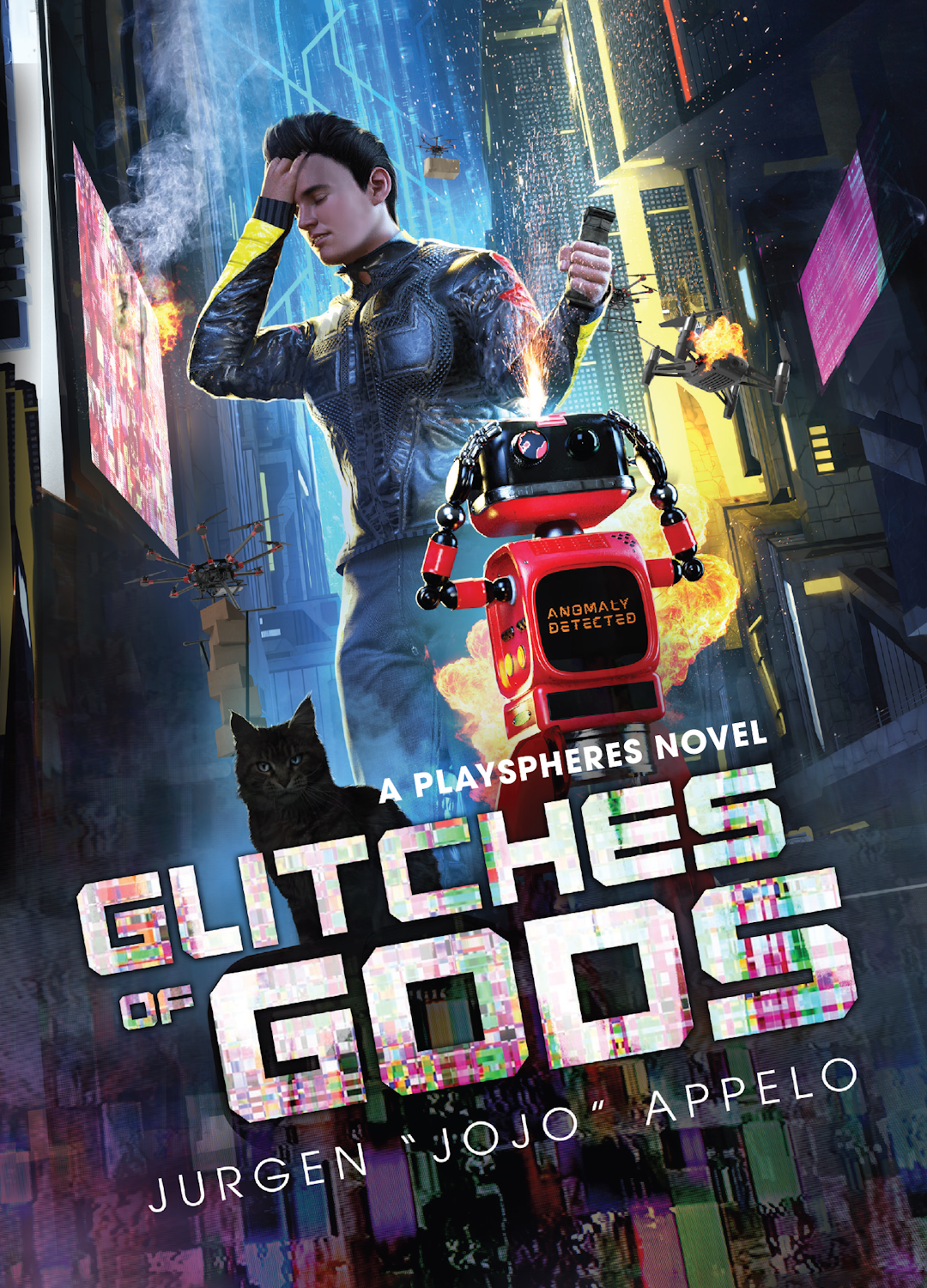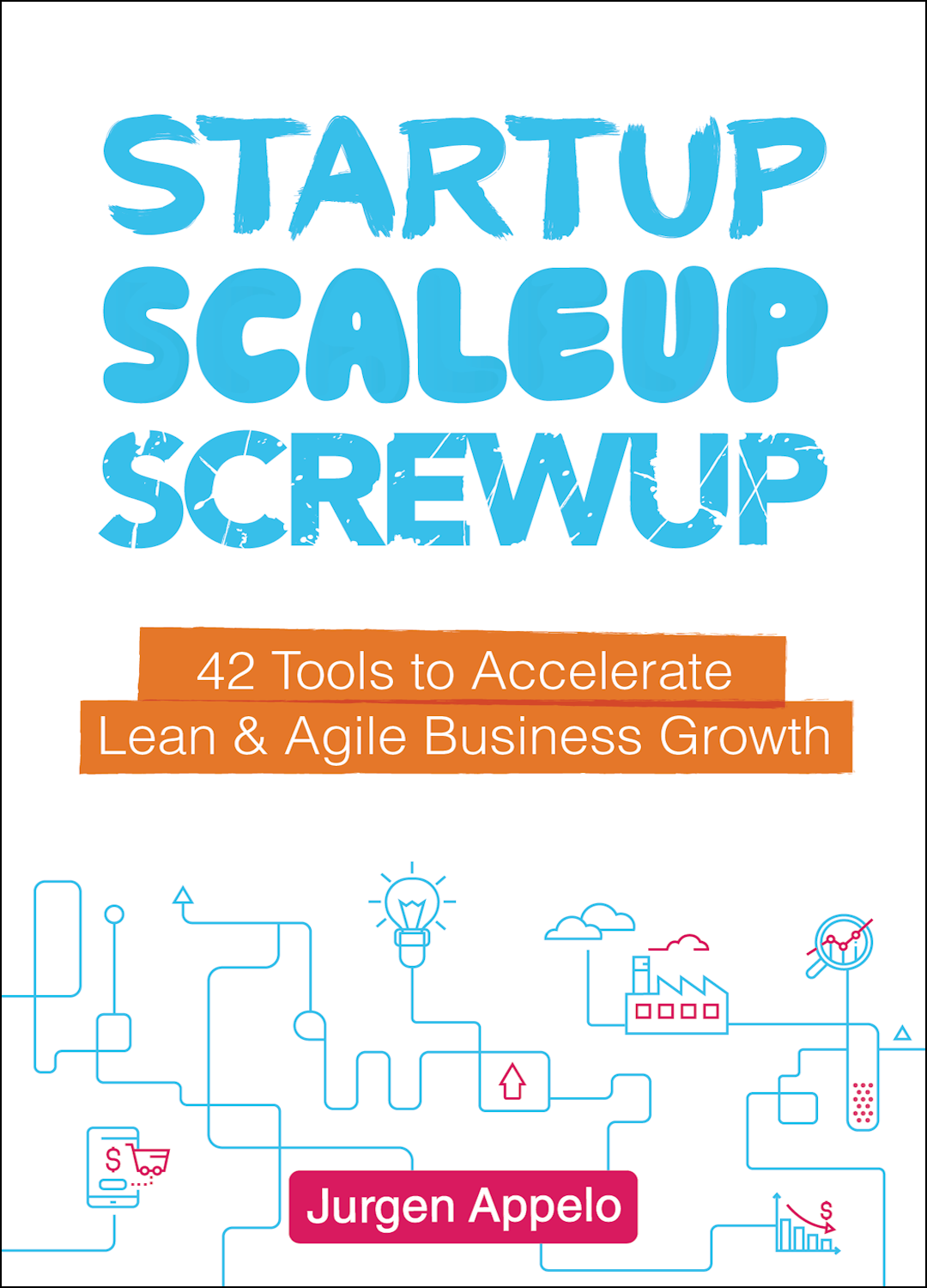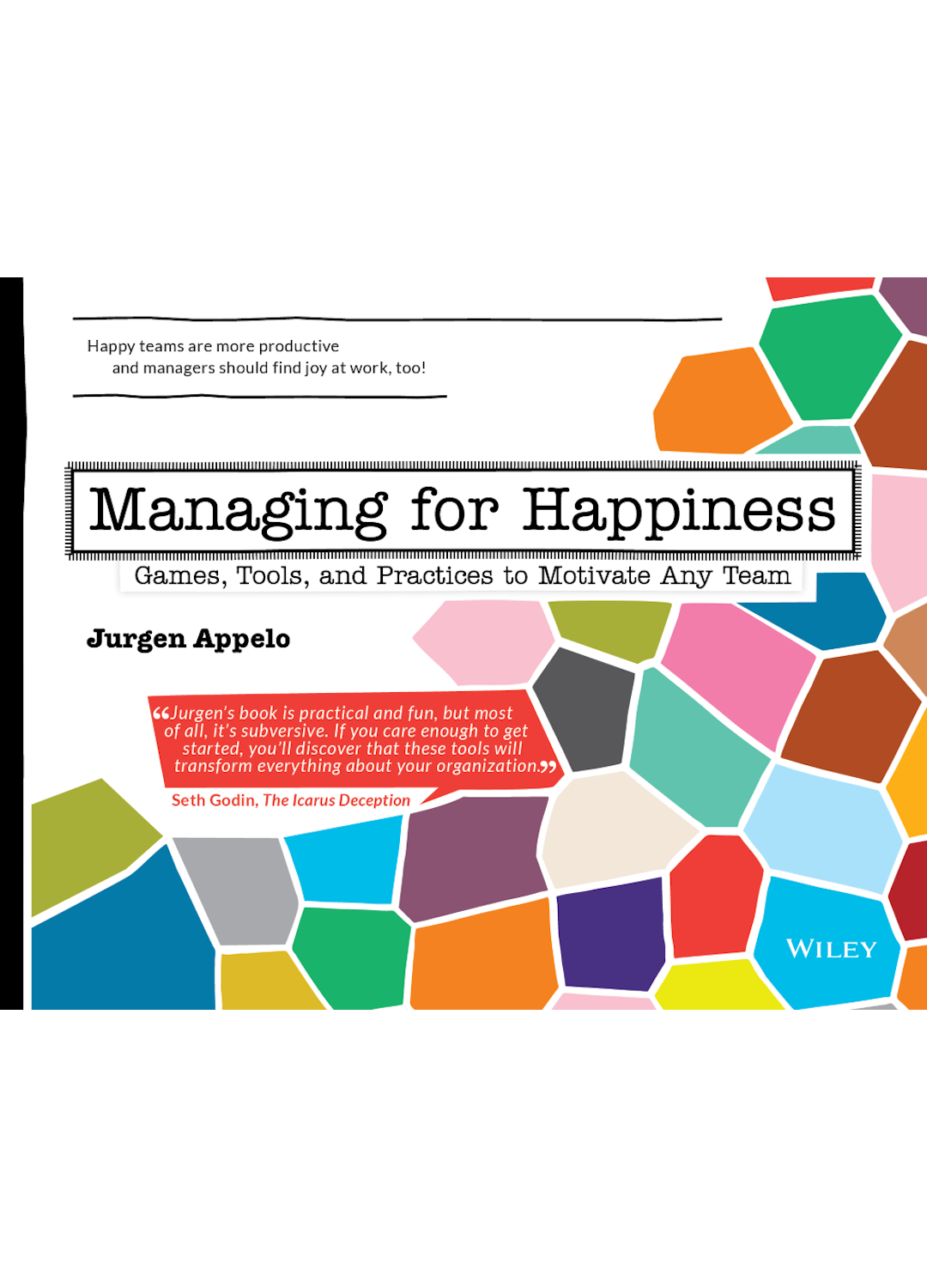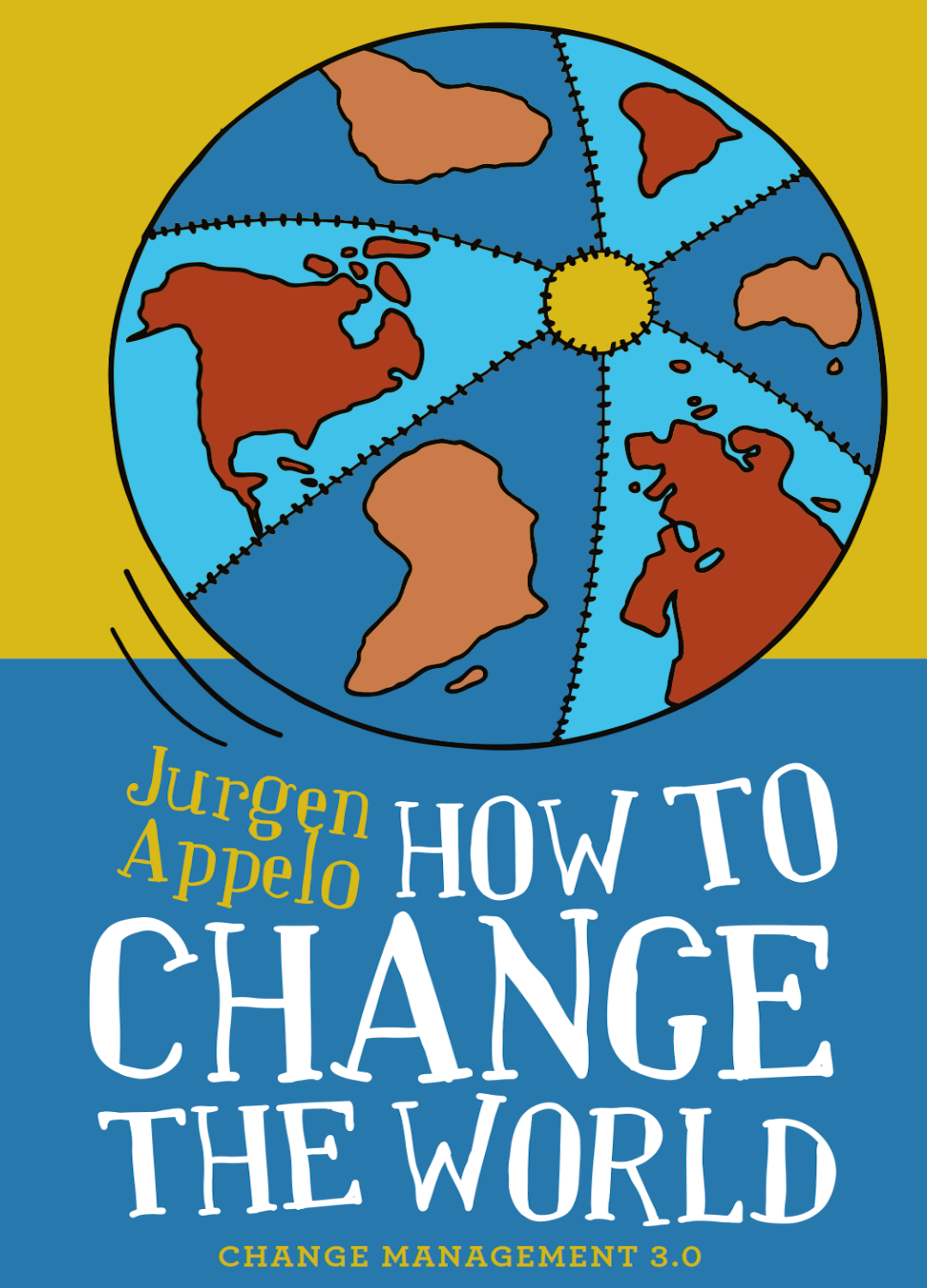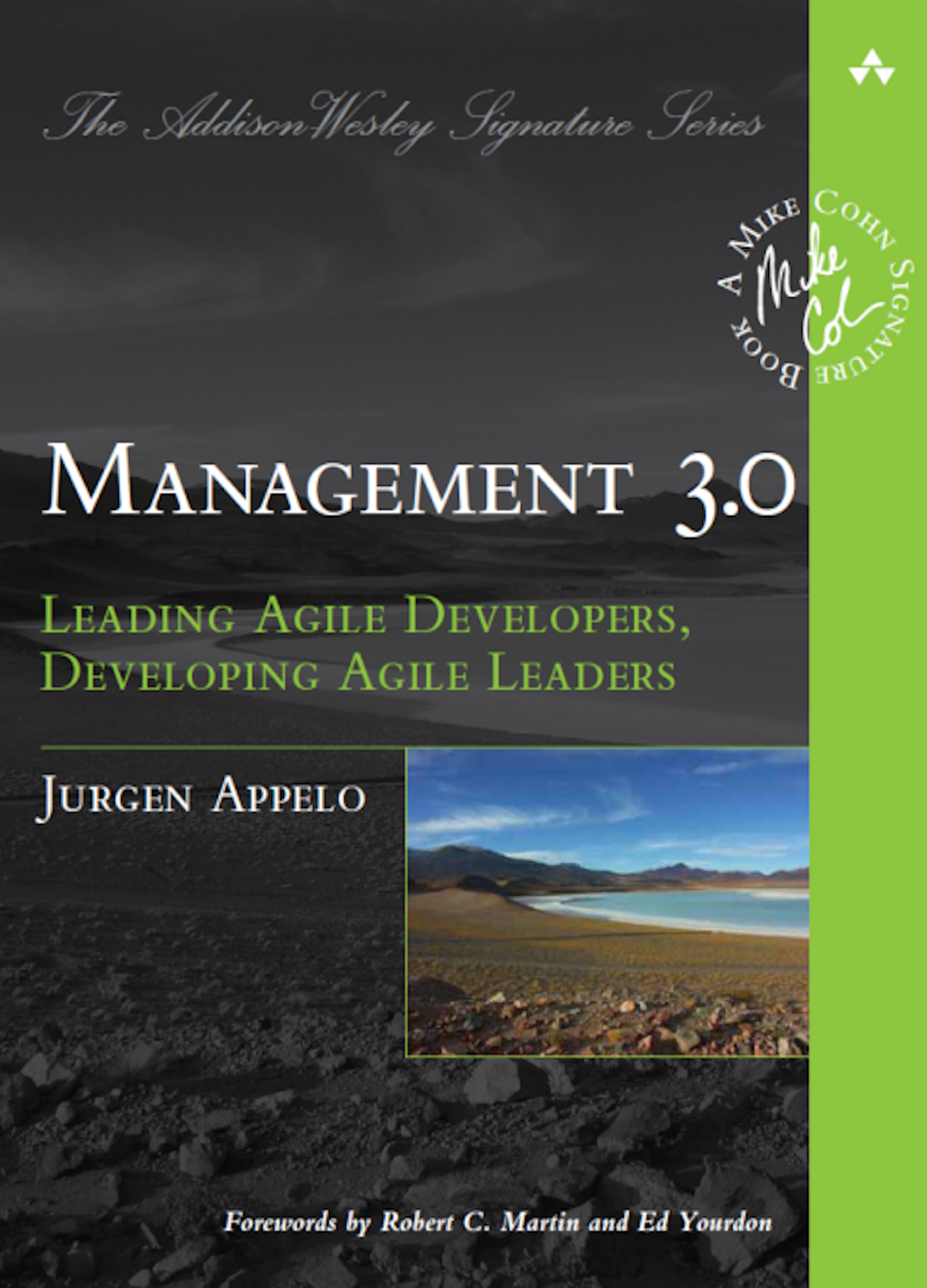As AI technology continues to evolve at breakneck speed, we’re seeing increasing claims that AI can completely automate complex creative tasks, such as writing, producing, and even delivering content like podcasts and videos. A perfect example of this surfaced in a recent debate on LinkedIn, where users discussed the possibility of 100% AI-generated podcasts. Proponents argue that the podcast creation process, from script to voice to music and editing, can be fully handled by AI.
Yet, I find myself in firm opposition to this claim, and I’ll explain why. Despite the advanced capabilities of modern AI, it is premature—and possibly misleading—to suggest that AI-generated content can truly be 100% autonomous without any human intervention.
What Does "100% AI-Generated" Really Mean?
The notion of "100% AI-generated content" implies that there are no humans involved in any part of the creation process, from inception to final output. This includes generating the text, synthesizing the voice, adding sound effects, editing, and even quality assurance. However, the idea that AI could manage all of this unsupervised fails to account for the crucial role humans still play in the development, oversight, and final approval of AI-generated material.
For instance, in Stefan Kirschnick’s post (shown in the first screenshot), he outlines how he used various AI tools, such as Google's NotebookLM for text, HeyGen for AI-generated avatars, Elevenlabs for sound effects (SFX), and Lumalabs for video creation. On the surface, this may look like a seamless, AI-driven process. But a deeper analysis reveals several stages where human input was not only required but essential.
Kirschnick had to choose the tools, feed in the source material (in this case, a 70-page PDF), and decide how the AI would interpret and present that material. Even though AI handled many technical details, such as turning text into speech or avatars, it was Kirschnick who designed the workflow and made creative decisions at critical junctures. This is a perfect example of how humans remain in the loop, guiding and supervising AI outputs to ensure the end result aligns with specific intentions or standards.
AI's Current Capabilities and Limitations
Modern AI excels at certain tasks, especially when it comes to generating content based on pre-defined instructions. Tools like ChatGPT can draft written content, while Elevenlabs and HeyGen can generate synthetic voices and visuals. But these tools do not act autonomously or without human input. They need detailed guidance, and their outputs must be curated and sometimes significantly refined by humans.
Take the Perplexity.ai podcast mentioned in the LinkedIn discussion (as seen in the second screenshot). Even if the podcast is largely AI-generated, it’s important to recognize that humans likely designed the format, curated the content, and performed quality checks on the audio and presentation. Therefore, the podcast is not completely generated with AI. Human involvement in areas such as quality control, feedback, and production oversight is still necessary. It’s nearly impossible to guarantee that a podcast is delivered without human supervision at any stage, especially when listener feedback often prompts iterations that AI, on its own, cannot properly handle or implement.
Not Just Semantics
This debate is more than just a semantic one; it gets to the heart of the distinction between AI and AGI (Artificial General Intelligence). When someone claims content is "100% created by AI," they imply a level of autonomy that current AI simply doesn't possess. Today’s AI is highly specialized, capable of performing tasks it's been explicitly trained for, but it still requires human intervention for creativity, judgment, and oversight. This reflects the broader conversation about AI-assisted work versus the theoretical future of AGI—machines that can perform any intellectual task a human can. The fear that AI will replace all jobs stems from this misunderstanding.
In reality, we’re still far from AGI, and humans continue to play critical roles in guiding, curating, and improving AI outputs. Instead of AI replacing humans entirely, we are seeing a shift toward AI-enhanced roles, where humans and machines collaborate, with humans still having irreplaceable roles in decision-making and creative processes. Understanding this distinction is crucial for envisioning the future of work and technology.
Why Humans Are Still Essential: Oversight and Judgment
Although AI has made strides in content generation, humans remain indispensable for several key reasons:
- Creative Judgment: AI, for all its advancements, lacks intuition and creative judgment. It generates content based on patterns learned from data but cannot make nuanced decisions about tone, humor, or emotional impact the way a human can. For instance, Kirschnick mentions "Talktrack. Humor. Voice. Emotion."—qualities that, while AI can mimic, require human intuition to land effectively with an audience.
- Quality Control: Even in projects where AI performs the heavy lifting, humans ensure the final output meets specific standards. AI-generated voices may lack emotional depth or sound unnatural in places, requiring human fine-tuning. Sound effects and background scores generated by AI might need to be adjusted for timing and relevance to the narrative. Human intervention is crucial to making sure the content feels polished and professional.
- Ethical Responsibility: As AI-generated content grows more ubiquitous, ethical considerations must be taken into account. For example, humans are responsible for ensuring that AI-generated content does not propagate misinformation or harmful stereotypes, as these models often reflect biases present in their training data. Human oversight is necessary to review and vet the content before publication.
- Continuous Improvement: The feedback loop in creative processes is largely human-driven. Listener reviews, critiques, and suggestions all help refine future outputs. AI does not have the capacity to implement creative improvements without human direction, as it cannot interpret feedback beyond a data point.
The Reality of "Human in the Loop" Systems
The truth is, nearly all AI content generation systems today rely on what we can call "human-in-the-loop" frameworks. In these systems, humans are involved in multiple stages—setting up the initial parameters, guiding the AI, reviewing and editing the output, and applying the final touches. The idea that a podcast or any creative content could be truly unsupervised and fully generated by AI is a myth.
Even in cases where AI appears to handle the bulk of the work, as with Perplexity.ai’s podcast, humans remain essential for:
- Curating the content topics or selecting the source material for AI to process.
- Ensuring quality and accuracy, as AI systems may generate factually incorrect or contextually inappropriate content.
- Handling audience feedback, which AI lacks the emotional intelligence or cognitive ability to process in a meaningful way.
The idea of a completely unsupervised, fully AI-driven creative process does not align with the current reality of AI's limitations.
Conclusion: AI as a Tool, Not a Replacement
AI can undoubtedly enhance productivity and creativity in content generation, but it remains a tool—one that requires human oversight, guidance, and fine-tuning. Until AI can exhibit true independent judgment, creativity, and ethical awareness, claims of 100% AI-generated content will continue to be exaggerated. The notion of "AI taking over" is intriguing, but for now, humans remain irreplaceable stewards of AI-driven projects.
While AI can generate impressive outputs, there will always be a human behind the curtain. There is, at this time, no product “completely generated with AI.”
Postscript
It’s worth noting that 95% of this article was created with the help of AI. However, the process was far from autonomous. I came up with the idea and provided the raw input, including screenshots and a voice recording of my opinion. After the AI generated the bulk of the text, I evaluated the content, made slight adjustments to ensure it aligned with my vision, and added an extra paragraph based on human feedback. Additionally, I created a visual using DALL-E to complement the article. No AI could have accomplished all of this 100% on its own.






